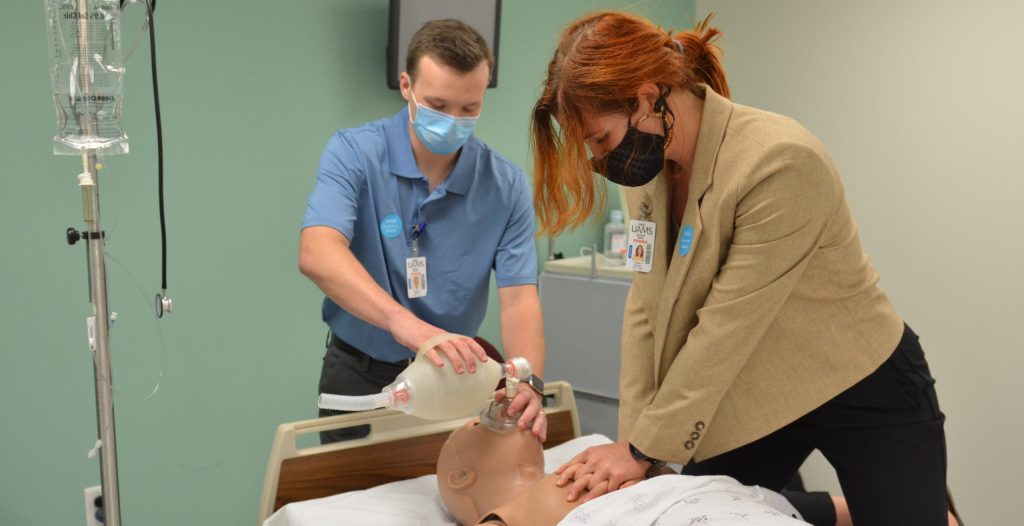Primary care physicians serve as the first line of defense in healthcare, playing a crucial role in diagnosis and patient care. The process of diagnosis is often described as both a science and an art, and in primary care, this dual nature is particularly evident. Here, we explore the nuanced art of diagnosis in primary care, emphasizing the unique challenges and responsibilities that these physicians face.

- Holistic Understanding: Primary care physicians are the healthcare gatekeepers, addressing a wide range of health concerns. They must have a holistic understanding of patients’ physical, mental, and emotional well-being. The art of diagnosis involves looking beyond the symptoms to consider the individual’s lifestyle, environment, and personal history, as these factors can significantly impact health.
- Patient-Centered Care: Effective primary care diagnosis involves a patient-centered approach. Physicians must not only listen to patients but also communicate with empathy, acknowledging the patient’s experiences and concerns. This interpersonal skill is vital for building trust and rapport, which is fundamental to a successful diagnosis.
- Diagnostic Puzzle-Solving: Diagnosing in primary care often resembles solving a complex puzzle. Patients present with a range of symptoms, and it is the primary care physician’s role to gather and interpret this information, considering multiple possibilities. The ability to connect the dots and identify patterns is a key aspect of this art.
- Timely Referral: Primary care physicians must determine when a patient’s condition requires specialized care. The art of diagnosis includes recognizing the limits of their expertise and promptly referring patients to specialists when necessary, ensuring that patients receive the most appropriate care.
- Preventive Medicine: Preventing illness is as important as treating it. Primary care physicians are not only diagnosticians but also health educators. They must convey the importance of preventive measures, such as vaccinations, screenings, and lifestyle changes, to ensure better long-term health outcomes for their patients.
- Cultural Competency: The art of diagnosis is enriched by cultural competency. Primary care physician’s work with diverse patient populations, and understanding cultural nuances and beliefs can greatly influence diagnosis and treatment decisions. This requires sensitivity to the cultural, social, and economic backgrounds of patients.
- Continuity of Care: Building long-term relationships with patients is a hallmark of primary care. This continuity allows primary care physicians to gain a deeper understanding of patients’ health histories and facilitates more accurate diagnosis and personalized treatment plans.
- Diagnostic Uncertainty: The art of diagnosis acknowledges that uncertainty is inherent in medicine. Primary care physicians often encounter cases that do not fit neatly into diagnostic categories. They must manage this uncertainty, while still providing the best possible care and maintaining transparency with their patients.
- Lifelong Learning: The field of click here medicine is ever-evolving, and primary care physicians must continuously update their knowledge and skills. Keeping abreast of the latest research, diagnostic tools, and treatment options is essential to provide the best care for patients.
